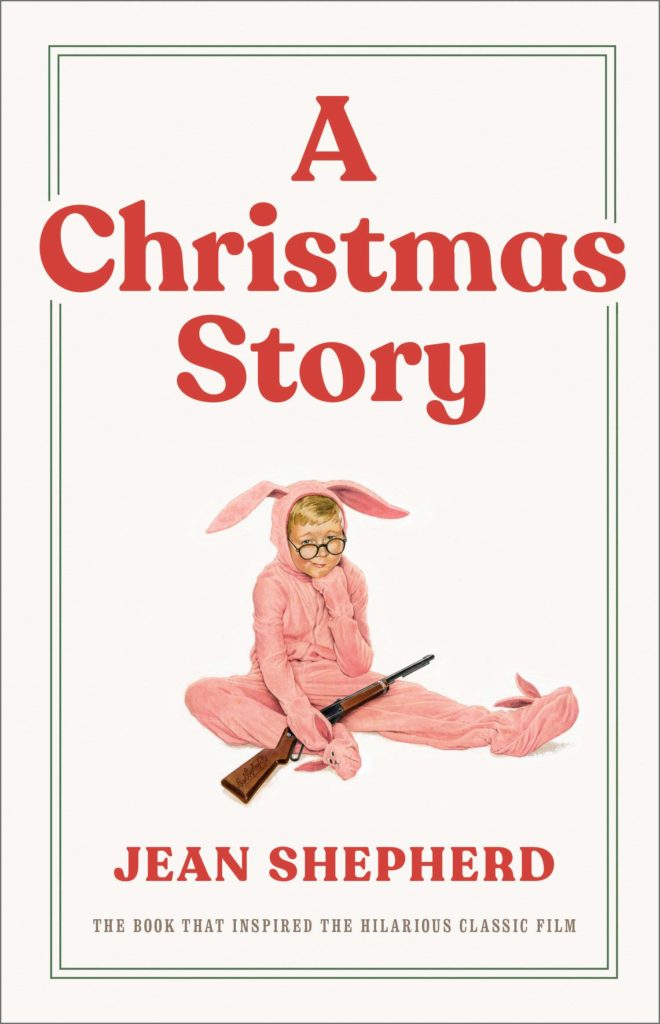“For starters, is Christ alive?
If Charles Dickens had been inspired to write a New Testament book, do I suspect this would have been the beginning?Because this truth is the foundation of Christianity: “And if Christ is not risen, is your faith vain?Are you still in your sins? (1 Corinthians 15:17) But this heading is, as we know, a modification of the initial verse of his famous Christmas tale (L
- Scrooge’s story is timeless because it is a spiritual story; his transformation echoes that of Zacch paul (Luke 19).
- The counterpoint of the rich young monarch whose inability to abandon the things of this world introduces Christ’s teaching that it is easier for a camel to pass.
- Through the hole of a needle that for a rich man to enter the kingdom of God?(Matthew 19:24).
- When we met Scrooge.
- He was a rich man; his love for money has almost extinguished the sparks of love and joy that creak convulsively among the grouped shadows of his dark heart.
- Its unfortunate state is highlighted when examined in the glare of Christmas.
- “A time of kindness.
- Forgiveness.
- Charity.
- And joy.
- ” when closed hearts open to let in the light of goodness and reflect it.
Birth, undead
Despite his long association with Christmas, does Dickens’ story not begin with a birth, but with a death?The death of old Marley, Scrooge’s former business partner. To tell you the truth, death underlies every story: it casts a shadow over Scrooge’s past memories. ; hides behind the decorations of today’s celebrations; awaits its inevitable victims in the future. Scrooge, of course, is aware of death. He even recommends it to the poor as a means of reducing over-population, but it is obvious that he never thought it would be applicable or relevant to him. Does this start to change when you face the ghost of the late Marley, who appears?To make him accept death and its consequences?Caught in death and torment, you come to offer Scrooge an opportunity and a hope?.
“Three spirits will come to visit you,” Marley tells Scrooge. Spirits show him many things, but what they all reveal together is Scrooge’s gradual separation from his humanity. However, Scrooge is not lost at all. The small wails begin to happen to him at the beginning of his spectral visits. Spirits are experts in the field, measuring these embers of remorse to turn them into flames of repentance. But it is the third horrible spirit, which Scrooge calls a “Ghost,” that makes him kneel and plead for an opportunity to make amends. The visions presided over by this menacing apparition, which does not even provide the comfort of speech, are not alleviated by the sweetness of remembrance or with the flashes of joy present. Scrooge is driven to face his own death, his final separation from the world. But it is not only his death, but above all the kind of death that shakes Scrooge: an unsatisfied and even celebrated death; a death that reveals the absolute emptiness and selfishness of his life.
The result of Scrooge’s supernatural experiments is that he is reborn in a good man. Immediately begins to improve, to show compassion and benevolence, the change of heart manifests itself in good works:?And they all agreed that there was a man who knew how to celebrate Christmas and keep his mind alive all year round?if a man can do that?. The shadow of death has produced life.
The true spirit of Christmas
When Marley first appears, Scrooge, the most practical man in the world, wants to see that the ghost is actually real, not an illusion inspired by gastronomy, in fact, begins the interview by categorically refusing to believe in his reality. must accept this reality if he wants to submit to a moral correction, and the ghost insists that he do so. “What proof do you want to exist, apart from the one your eyes and ears have already given you?”Marley asks. But the concern to establish the reality of the visitation is not only that of the ghost: the narrator insists on it. “There’s no doubt that Marley was dead, is this necessary to clarify or will something amazing come out of this story?Not only should readers accept this fact, but we must also understand that Scrooge also knows this: “Did Scrooge know he was dead?How could I not know?
This episode reminds his disciples of the appearance of Christ. They knew he was dead, but now they saw him alive. It did not appear to them as a spirit (what they feared), but in a body, flesh and blood?(Luke 24:37-39)? He proved it by eating in front of them, convinced even the most stubborn of skeptics, Tomé, appealing to his senses: “Put your finger here and look at my hands; the hand also comes and puts it on my side; don’t be incredulous, but a believer?(John 20:27). The visit is real. Christ rose from the tomb and appeared to them, not as a tormented shadow, but as the lord of death and the king of life.
In Dickens’ story, Scrooge reformed his life in relation to his humanity, but the reality of the resurrection is much more powerful, faith in Christ not only reforms, also transforms, his death and resurrection mean that we are dead to sin and alive in Christ (Romans 6:11). We have also received the visit of a Spirit, which offers us not only “opportunity and hope,” but a sure victory over spiritual death. For all who believe, the death of Christ has produced our new birth. If we keep this grace, we will keep the Christmas spirit alive all year round.

